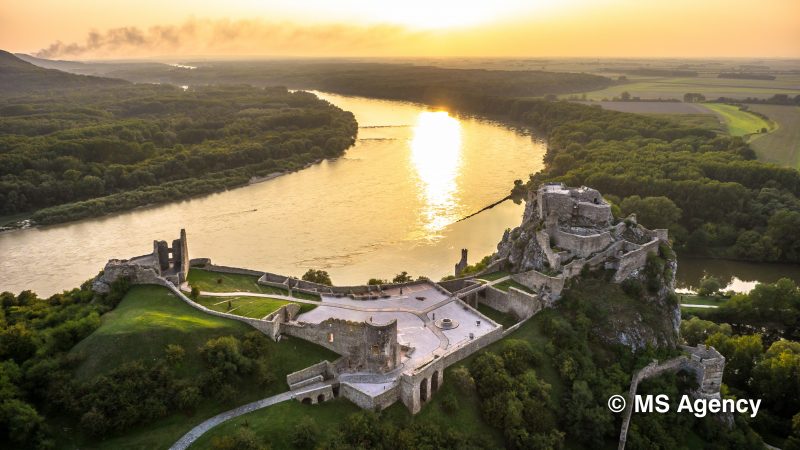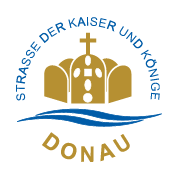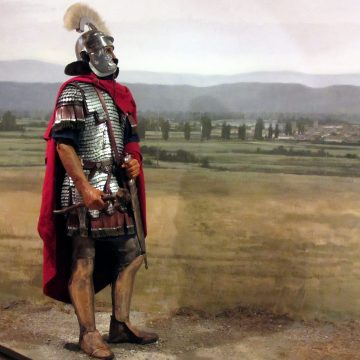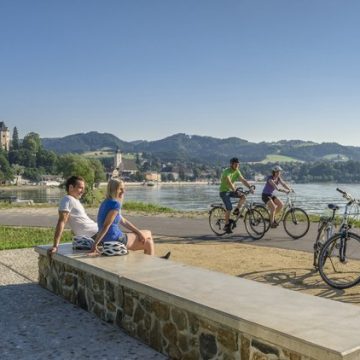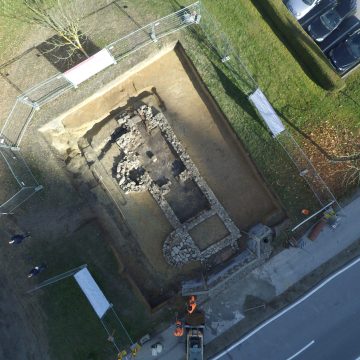The Romans conquer the Danube
Roman traces along the Danube
Along the entire route of the vacation road, the empire of the Roman emperors is still present today. For over 450 years, the Danube (Danubius) formed the northern border of the Roman Empire as the "Wet" Limes. Roman port cities and forts were strung along the Danube Limes like a string of pearls. Most of the cities along the Road of Emperors and Kings are of Roman origin: Regensburg (Castra Regina), Passau (Castra Batava), Linz (Lentia), Enns/Lorch (Lauriacum) and Carnuntum (Petronell-Carnuntum about 40 km east of Vienna), Vienna (Vindobona) were ancient cities with temples, paved squares, theaters and arenas. In addition to the sophistication of the Roman military, you will experience how the occupiers tried to create a piece of Rome far from their homeland. Original buildings and finds invite you to discover, vivid replications and animations to understand.
The word "pub" comes from the drinking places "canabae" found there. Aquincum, today's Budapest, was the largest city on the Roman Danube and even then famous for its luxurious thermal baths. During the reign of Emperor Caracalla (211-217), the continuous Limes Road was built along the entire Danube as an ancient precursor of the Road of Emperors and Kings. Preserved buildings such as the Roman walls in Regensburg and Carnuntum as well as archaeological sites such as in Künzing, Vienna and Budapest bear witness to the traces of Roman emperors. Modern museums in Passau, Mautern and Petronell (Carnuntum) deepen the impressions. The culinary heritage of Roman times, the wine, flatters nose and palate along the Danube.
Roman highlights along the Danube
Located at the northernmost point of the Danube, the city of Regensburg looks back on a history of over 2,000 years. Findings prove that Regensburg was already populated in the Stone Age. In 179 AD, the Romans founded the legionary camp "Castra Regina", the camp on the Regen.
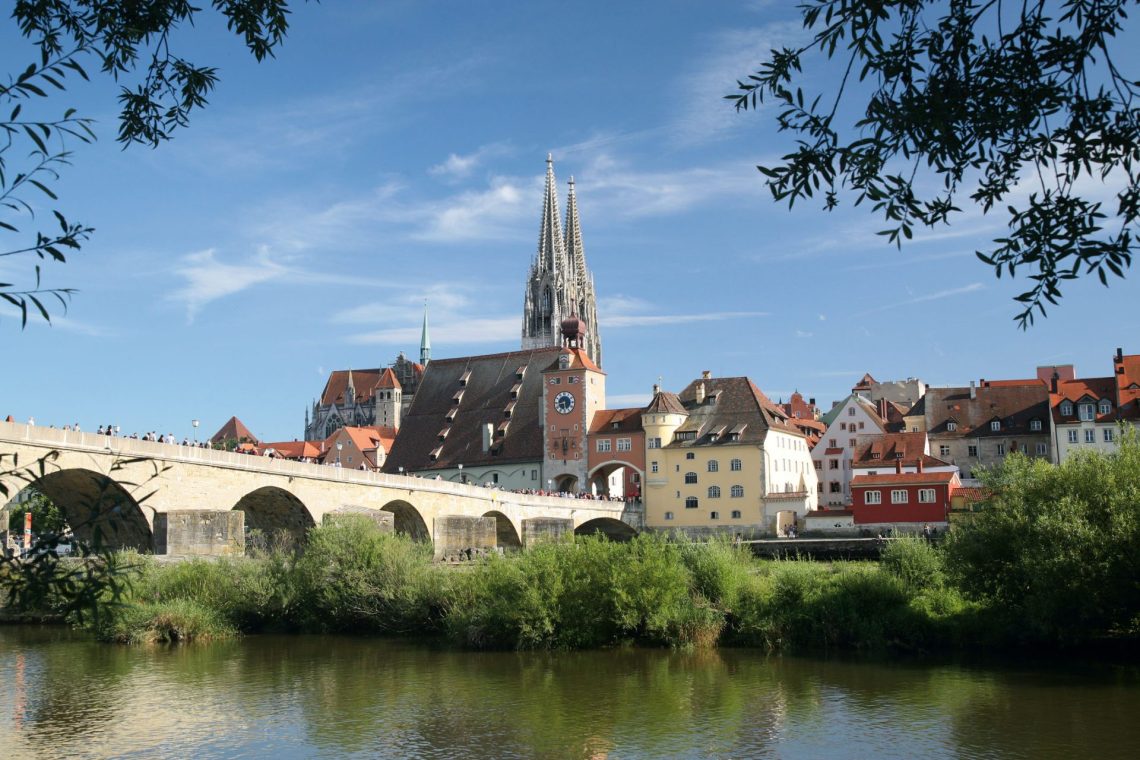
The Roman Museum Fort Boiotro is located in a late medieval house in Passau, which rests on the foundations of the fort Boiotro. The Romans abandoned the fort, which was built around 280 AD, as early as 375.
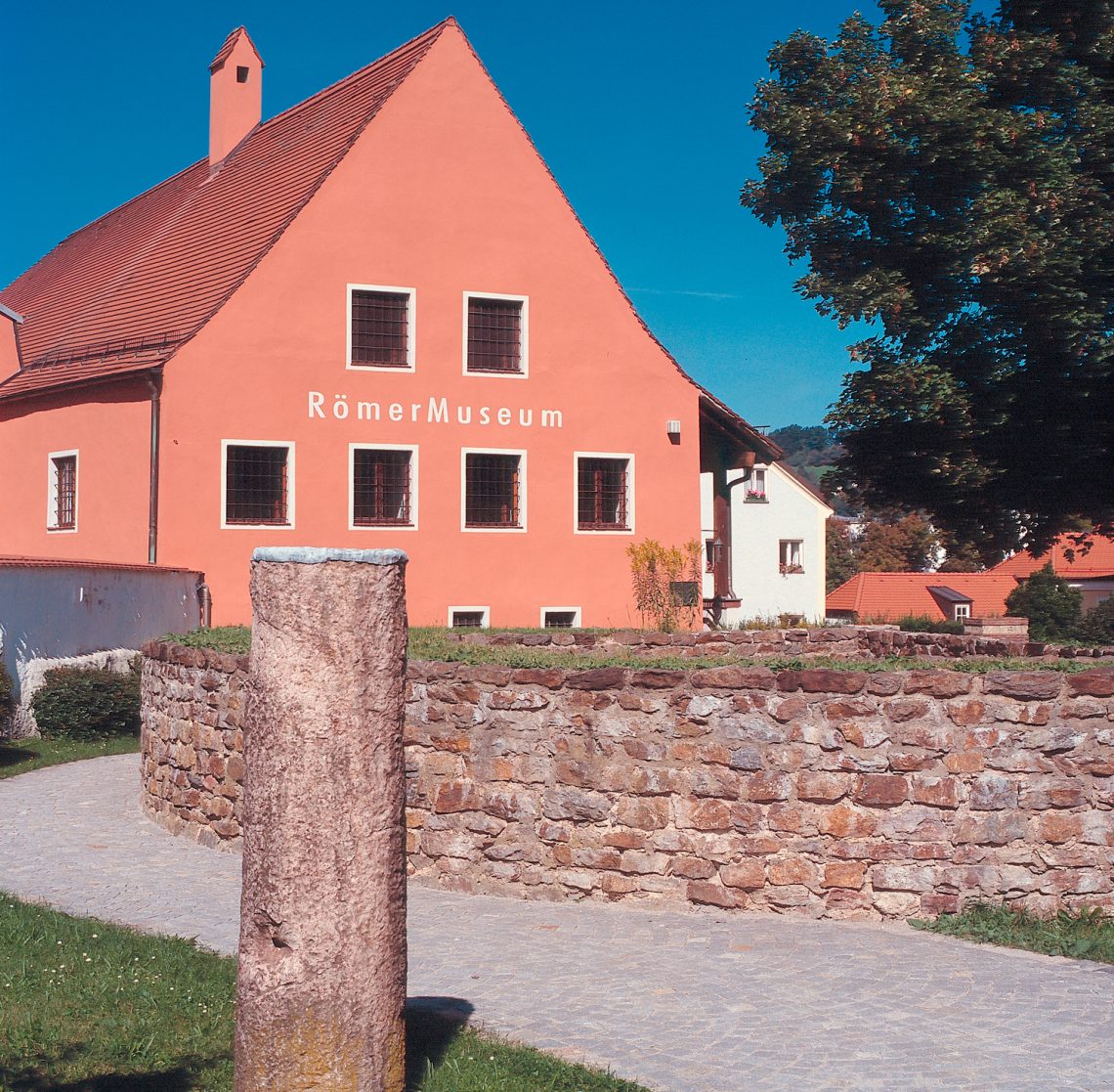
The Museum Quintana is an archaeological and art history museum in the Lower Bavarian municipality of Künzing. The museum is a partner museum of the Archäologische Staatssammlung in Munich and a member of the Museumsverbund Archäologie in Ostbayern. The museum is supported by the municipality of Künzing.
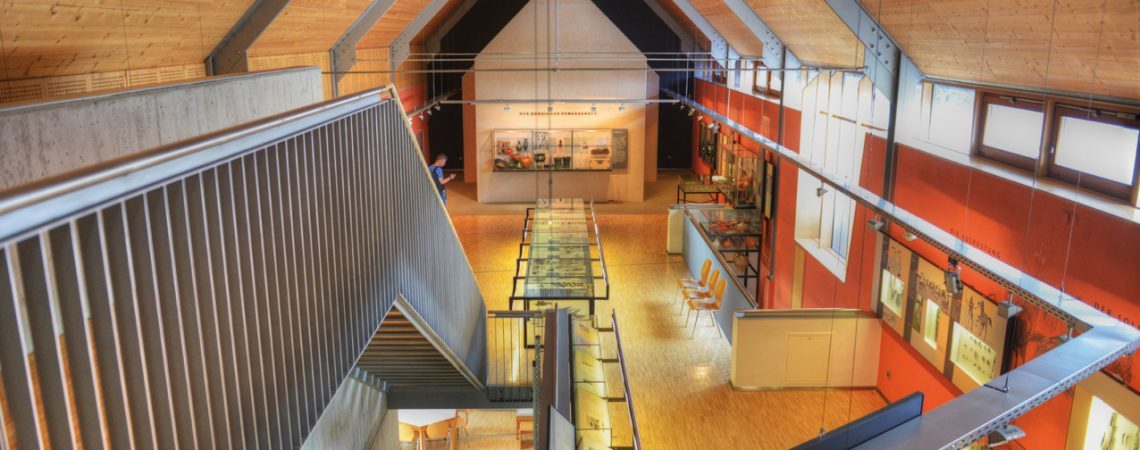
For 500 years, the Roman Empire shaped the province of Upper Austria. The Roman castle in Oberranna is by far the best preserved Roman building in Upper Austria. In Schlögen, a Roman bath invites visitors to immerse themselves in the ancient world of architecture, technology and joie de vivre.
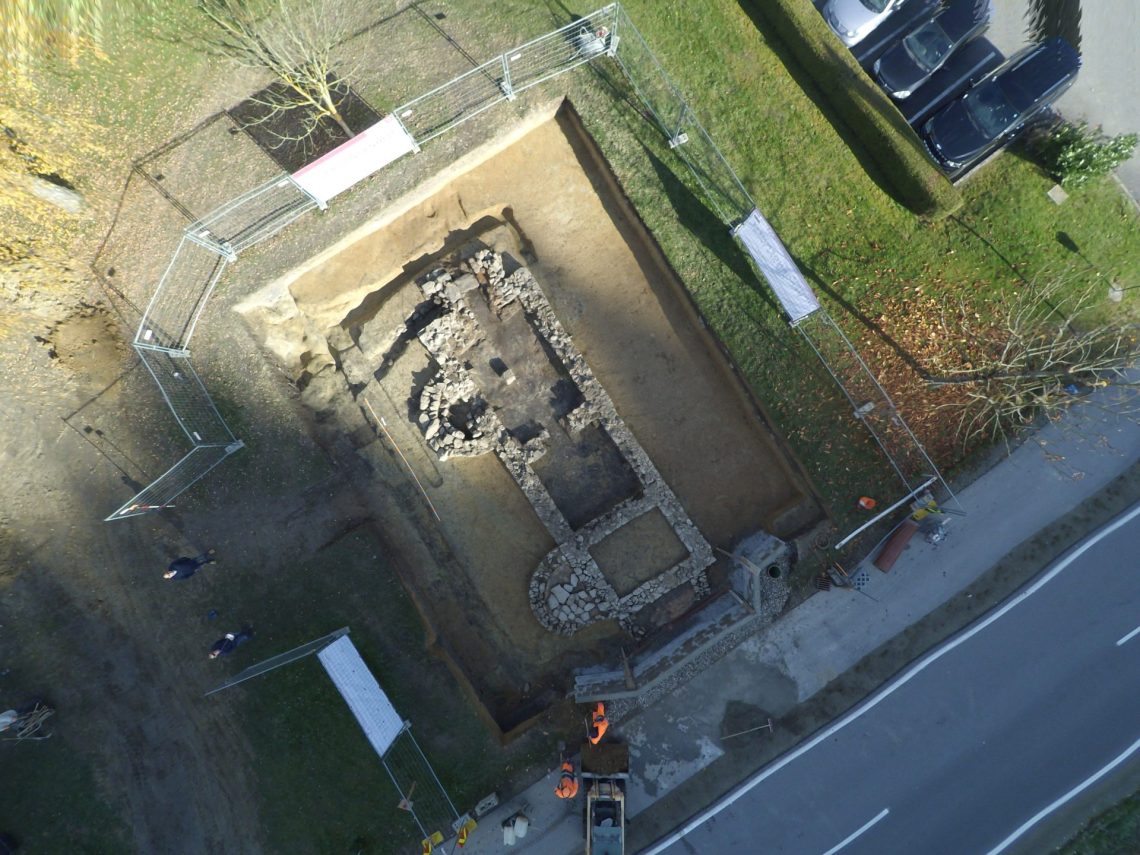
The Roman name Lentia is derived from the Celtic root "lentos = flexible, curved". Linz would thus be interpreted as a settlement at the bend of the river, which is consistent with its location on the Danube. To protect the important traffic route across the Danube, Roman soldiers built a fort (courtyard of the provincial theater) towards the end of the 1st century AD as part of the border system of the province of Noricum. The associated civilian settlement, which never received city status, was located west of today's main traffic axis Hauptplatz - Innere Landstraße. A "Holy District" with a Mithraeum was uncovered in the area of Tummelplatz. From Late Antiquity (4th/5th century), when the focus of settlement shifted from the Niederterrasse to the Martinsfeld, a burial ground with rich grave goods is known on the Römerberg.
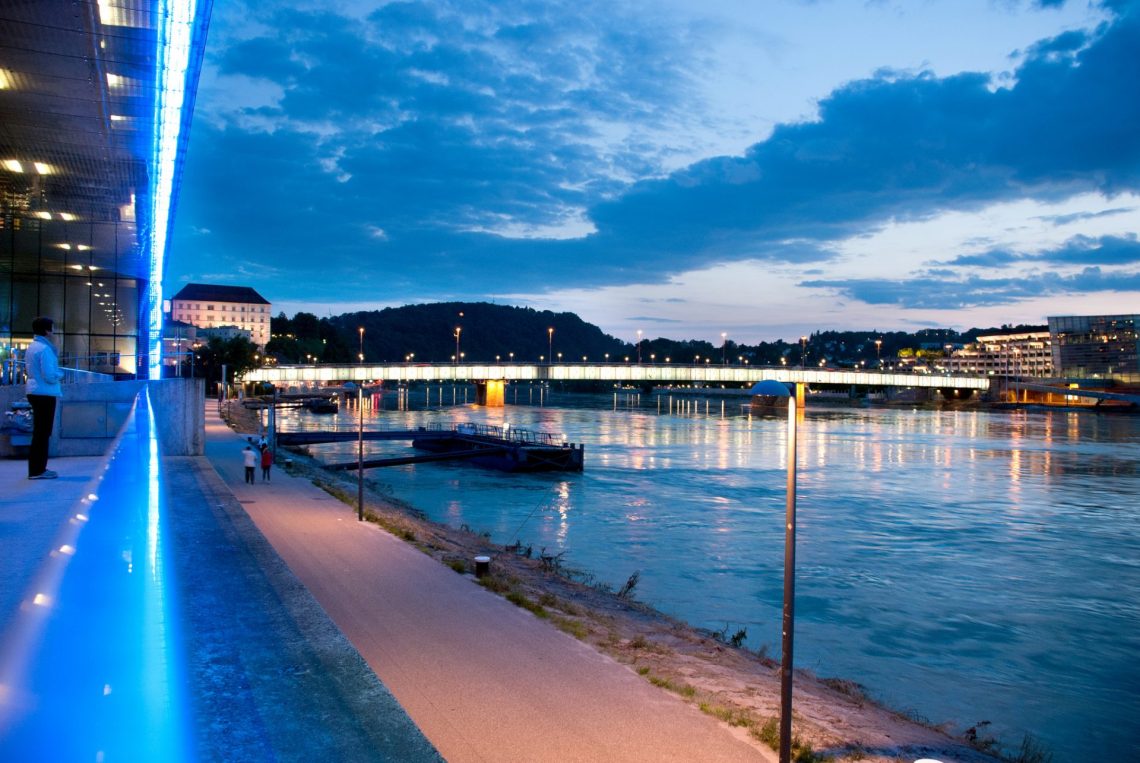
Lauriacum/Enns was one of the largest and most important trading and military bases on the northern border of the Roman Empire. It gained its importance through the stationing of the 2nd Italic Legion. The latter established the only legionary camp in the Roman province of Noricum here towards the end of the 2nd century AD.
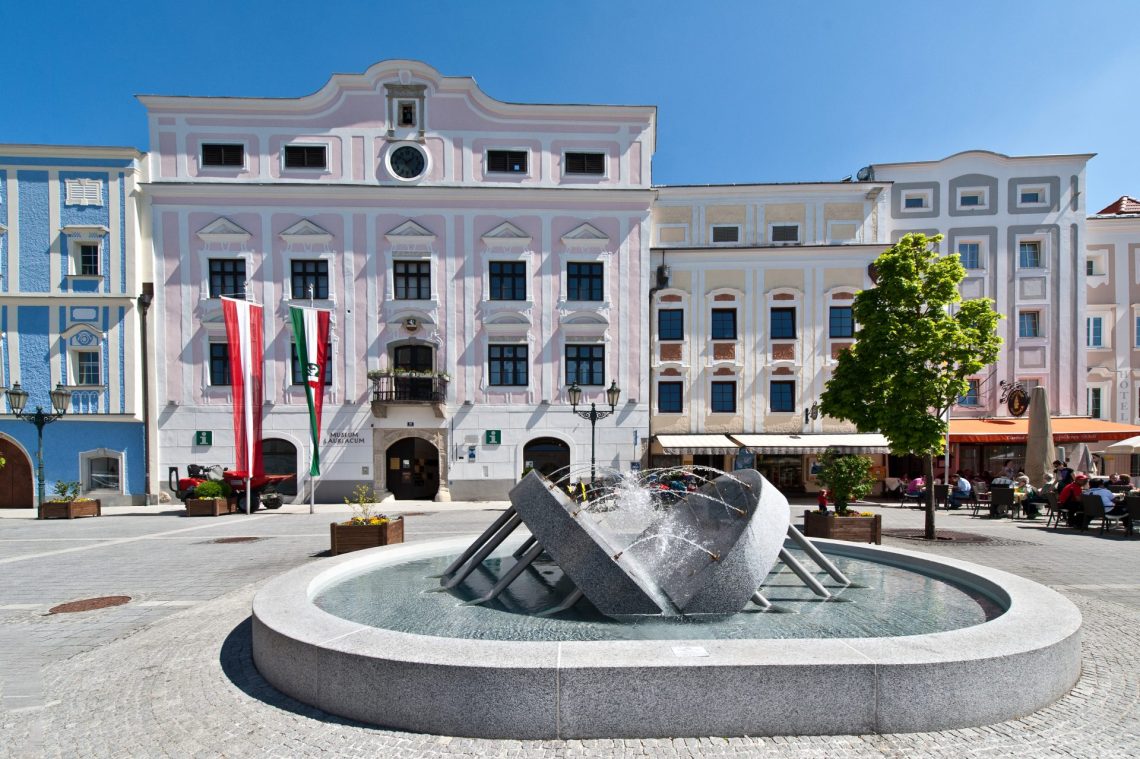
The ruins of Thebes Castle, perched on a high rock above the Danube, are one of the most important archaeological sites in Central Europe. The Celts had their settlement here, the Romans controlled the Limes from here and the Slavs built a fearsome fortress here.
